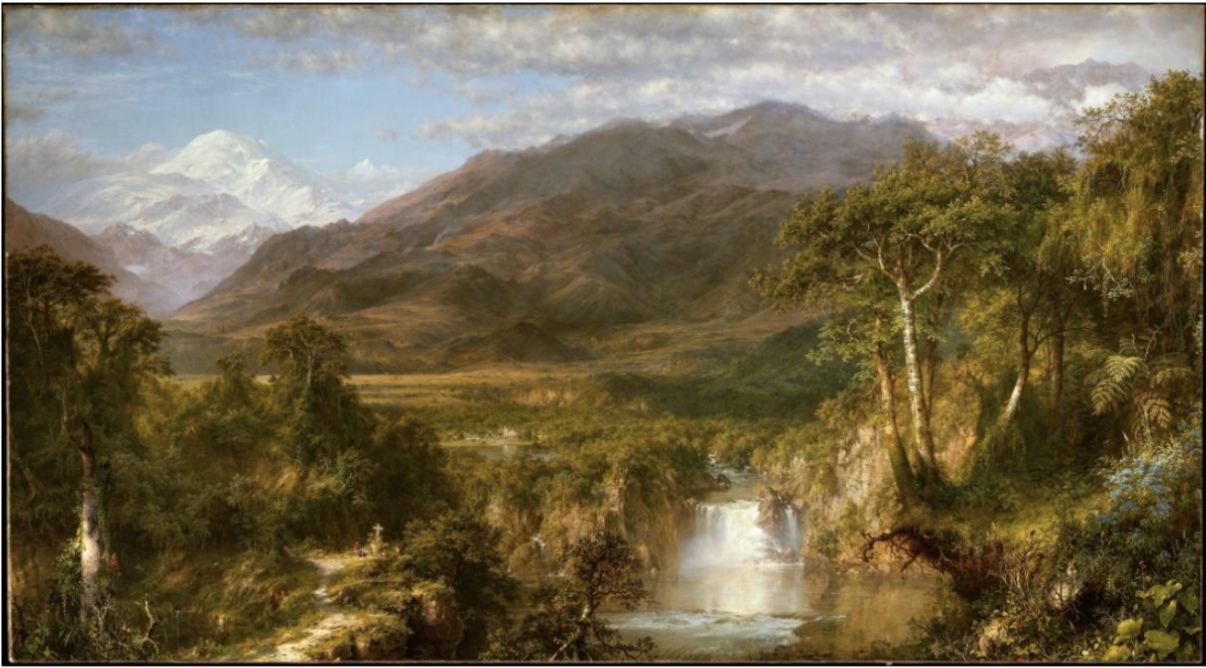
How do pictures shape our understandings of scientific ideas and culture? This course, taught by Dr. Michelle Smiley, will take a capacious view of scientific practice in the Atlantic world from the end of the eighteenth through the beginning of the twentieth century with an emphasis on material and visual culture. From the circus shows of P.T. Barnum to the early films of Thomas Edison, we will examine paintings, photographs, performances, and everyday practices as dynamic and contested sites of knowledge production. In doing so, we will understand how images shaped ideas about the nature of racial difference, geology, temporality, and more. Starting from the premise that art and science are interwoven practices, we will explore themes such as 1) the role of settler colonialism in the production of knowledge; 2) understandings of “objectivity” and their limitations; and 3) the rise of the invisible as a site of technoscientific investigation. Artworks to be discussed may include Frederick Edwin Church’s The Heart of the Andes, ethnographic photography, and the stop-motion images of Eadweard Muybridge; readings will include texts by Frederick Douglass, Edgar Allan Poe, Jennifer Raab, Robin Wall Kimmerer, and others.